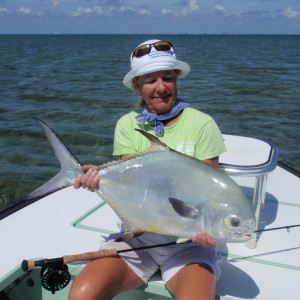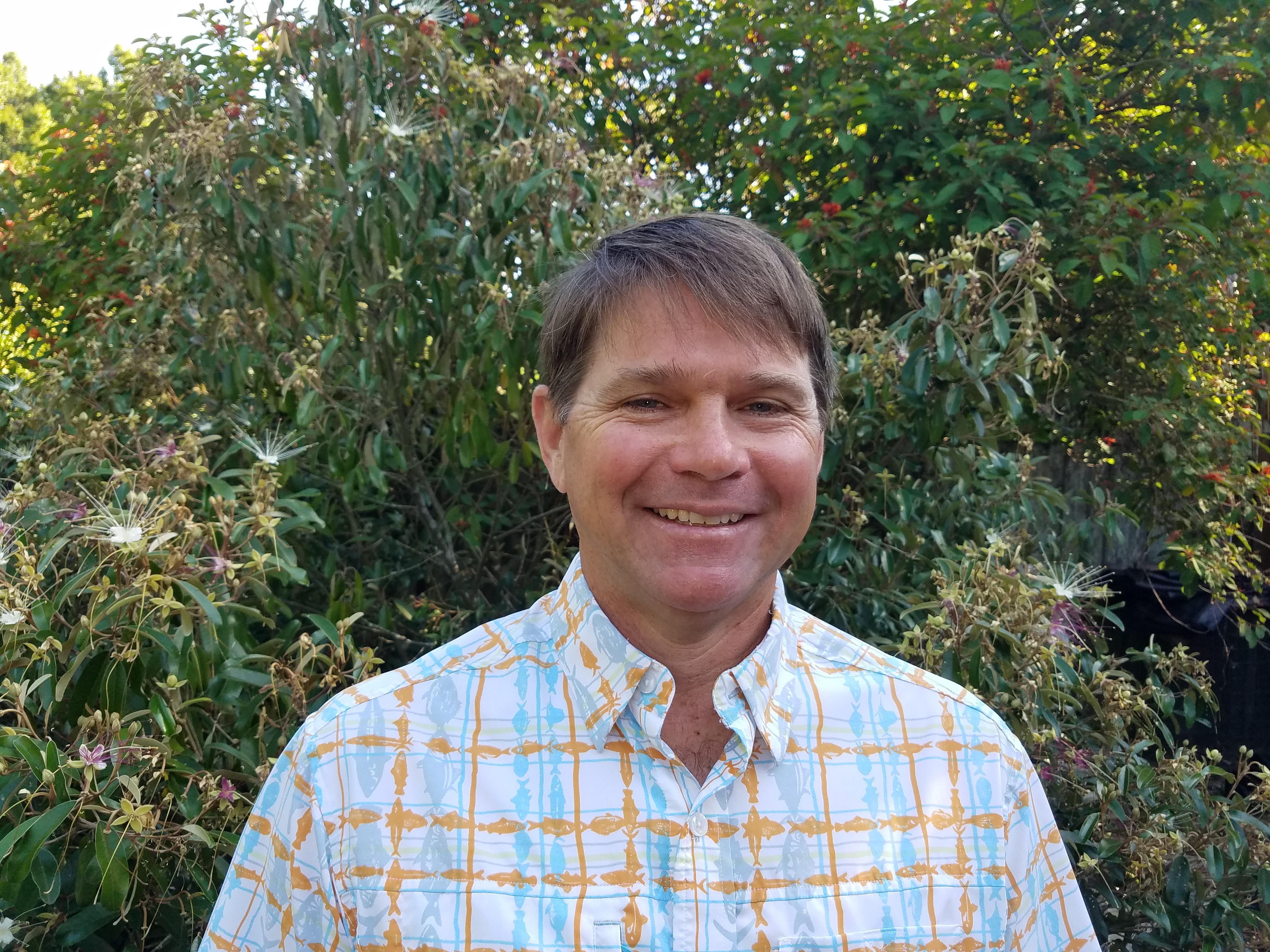After the federal government turned over management of Florida’s lucrative stone crab fishery to the state a few years ago, commercial crab fishermen formed their own advisory panel to help guide resource managers — and they asked the state’s top shellfish scientist to join them.
Six years later, Dr. Ryan Gandy — known best as the Florida Fish and Wildlife Research Institute’s stone crab guru — is still working alongside the crabbers, focused on boosting sagging stone crab populations and building resilience in the fishery.
Since 2000, one of the state’s most valuable seafood products has experienced a 22 percent decline in landings (712,000 pounds of claws), with last year’s catch sinking to an historic low of about 2 million pounds. But the exorbitant market price commanded by Florida’s signature seafood delicacy has kept the fishery afloat.
Now the Florida Fish and Wildlife Conservation Commission is poised to make some potentially big changes to stone crab laws — based in part on the recommendations of the advisory committee. Among the proposed rules: shortening the harvest season; requiring an escape, or cull, ring on all plastic and wooden crab traps before the 2023-24 season; increasing minimum claw size; and setting a limit of two checker boxes for handling the catch on boats.
“It’s been good. We’ve had an open dialogue,” Gandy, a 10-year veteran of the research institute, said of his work with the crabbers.
“I think we all understand the different sides of this and have had good conversations about how this fishery functions.” Capt. Bill Kelly, executive director of the Florida Keys Commercial Fishermen’s Association, says that has made the relationship work.
“Oftentimes you find fishermen at odds with science, but that’s not the case here,” Kelly said. “Ryan knows the fishery, and he has made it a point to know the fishermen. That’s made all the difference in the world.”
Gandy, a 47-year-old Miami native, grew up in a fishing and boating family — stalking the flats of Biscayne Bay with his uncle catching stone crabs at low tide by hand.
In high school, Gandy became interested in the emerging aquaculture industry and later attended the College of Charleston, working part time as a field hand on a clam farm to help pay tuition. He earned his doctorate at Texas A&M in wildlife and fisheries science, focusing on techniques for raising bait shrimp. He returned to Florida and took a job at Mote Marine Laboratory in Sarasota, developing indoor recirculation systems for shrimp production.
From there, he moved over to Bay Shellfish near St. Petersburg, producing bay scallops for population restoration. He joined the nearby Fish and Wildlife Institute in 2009 to pursue his deepening interest in fisheries restoration. Today, Gandy works from Fish and Wildlife Research Institute headquarters in St. Petersburg, overseeing a staff of 32, stretching from the Keys to the Panhandle.
“We have a great relationship with commercial fishermen,” said Gandy. “They can see the data every time a trap comes over the rail.”







